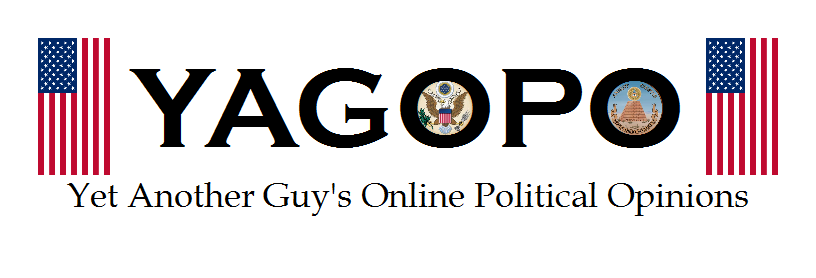The primary is used to determine which candidates will appear on the ballot in the general election and the process differs slightly depending on the state. For most states, there is a primary vote held for each major political party, the winner of each will be placed on the general election ballot. Independent and minor party candidates usually have to obtain a certain number of signatures in order to appear on the final ballot. Despite differences in the way in which the primary election is held, the number of signatures required, and other logistical considerations, the overall pattern is virtually the same (except for Louisiana and Washington state which hold a very different kind of primary*).
There are a number of critiques of this system that appear from time to time depending on the political landscape. One of the biggest potential issues is that of vote splitting. This occurs when politically similar voters split their votes among multiple similar candidates and increases the chances of a single, dissimilar candidate winning the election. One of the more recent and well known examples of vote splitting occurred in the 2000 Presidential election. Ralph Nader was considered by many pundits to have been a spoiler candidate and received votes that would otherwise have gone to Al Gore. There is speculation that had Gore received those votes instead of Nader, George Bush may not have won the extremely close election.
Another criticism laid against Plurality Voting Systems is that they encourage strategic voting. Strategic voting is voting for a candidate other than one's preferred choice in order to prevent the victory of a candidate who holds opposing views. While this can take many forms, one of the most common is in response to concerns over a split vote. In the 2000 election example above, a Nader supporter might cast a vote for Gore because while he might find a Nader victory ideal, he views a Bush win as unacceptable. He is willing to compromise on a lesser candidate (Gore in this example) rather than risk a Bush victory. This can also be seen as stifling competition from independent and third party candidates whose supporters might not be willing to risk having an ideological enemy win even if it means not voting for the candidate who most accurately represents them.
These concerns seem very apparent in this election season with the emergence of the Tea Party movement. A prime example is New Jersey's 3rd Congressional District. Former Philadelphia Eagle Jon Runyan (R) is challenging incumbent John Adler (D) in what appears to be a very tight race. Another candidate, Peter DeStefano is running as a Tea Party candidate and could become a spoiler if he draws enough otherwise Republican votes to allow Adler to keep his seat. This causes voters who might identify with DeStefano to make a rather unpleasant choice: do they vote for the person they really want in office, or do they vote for Runyan just to unseat the Democrat?
One possible solution to this situation is a somewhat radical change to the voting system, removing the current primary and general elections and replace them with Instant Runoff Voting. A runoff vote is basically what the general election is in Louisiana and Washington, a vote where only the two front runners remain. An Instant Runoff is where all of the candidates are listed on one ballot and voters rank them in order of preference on election day. Once the ballots have been collected, everyone's top choices are tabulated and the candidate receiving the fewest votes is eliminated. Everyone's top choices are then tabulated again, except if the top preference on a ballot is eliminated, the next highest preference is used instead. Once again, the candidate with the lowest number of votes is eliminated. The process continues until only two candidates are left and the won with the highest vote total is declared the winner.
Example:
 |
| The numbers represent the preference of the voter with 1 being the most preferred. |
Overall it would most likely be an improvement over the current process and allow voters to cast their votes for their preferred candidate without worrying about the impact of the system. It would probably also help to reduce candidate “drift”, where a politician moves to the edges for a primary to win support of the base, and then slides back to the center for the general election. Only one election day would mean that the candidate must choose whom he wants to appeal to most without being able to change stances for the next round. In any case, there is little chance of implementation as it might change the current party structure. That would certainly upset the establishment. Although that might make an even more compelling argument to consider it.
~ Another Guy
*These two states have a Non-partisan Blanket Primary in which all prospective candidates are placed on one primary ballot and only the top two vote getters are placed on the general election ballot.

No comments:
Post a Comment